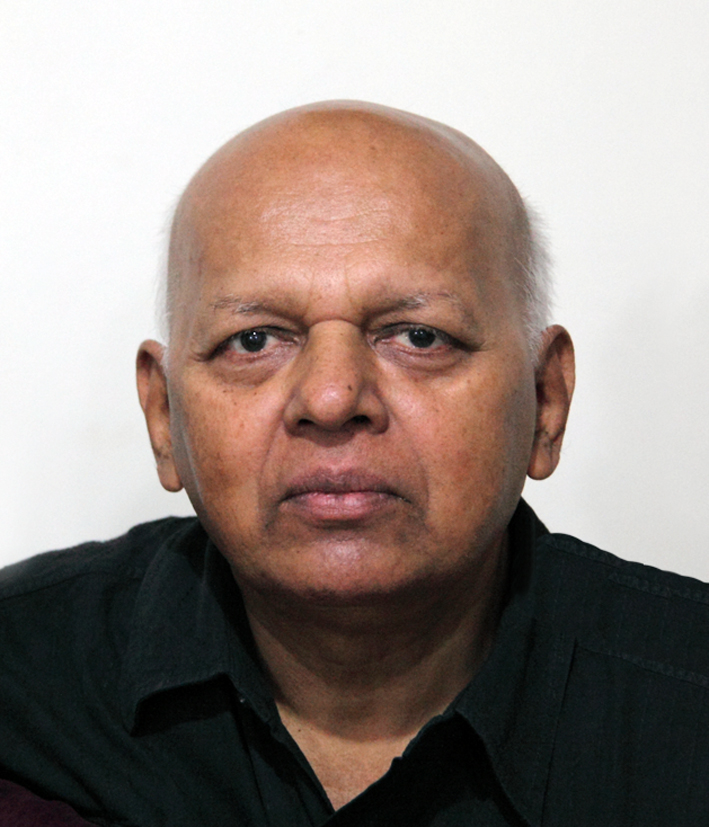Addressing unemployment in union budget 2024-25!
M.Y.Siddiqui
With massive unemployment facing the youth, persistent rising costs of living (inflation), unprecedented acute rural distress, crisis in the production sector, growing wealth and income inequality, the union budget 2024-25 presented by the NDA union government on July 23, 2024 has failed to address overall state spending to stimulate aggregate demands and employment, expenditure on specific employment generation schemes, welfare programmes, education and healthcare. With no increase in allocations relative to GDP, there is generally a reduction in allocation of resources. The strategy underlying the current budget is almost the same as in previous years. During the last decade of RSS Pariwar union government, there were no efforts for additional fiscal resources to use the growth in non-tax revenue areas, a large part of which consisted of the profits of the RBI, to increase capital expenditure including on infrastructure. If capital expenditure goes up under some heads, then it is curtailed under other heads, and provide budgetary support to big capital for answer to pressing problems.
As it can be explained, total central government spending including transfers to states, is intended to increase by 7.35 percent between 2023-25 and 2024-25 budget estimates. This means a decline in the share of central government expenditure in GDP, which is exactly opposite to what is needed to stimulate employment. The education expenditure is the lowest in 20 years . Education has been at the forefront of the public focus in the recent times due to paper leaks like the NEET. Budget has reduced expenditure to the lowest to 2.5 percent compared to UPA 2 government, which spent close to 5 percent on education. Present NDA government preceeded by RSS Pariwar government in last ten years neglected education and healthcare, while giving huge tax cuts to big corporates. They neglected public schools and public hospitals for the general people to fill the coffers of select few top corporates. Education budget in 2013-14 was 79,451 crore having increased to 1,20,628 crore marking an increase of 90 percent, which in real terms after adjusting inflation is less than UPA 2 government.
Total union budget 2024-25 size is pegged at 48,20,512 crore compared to 16,65,297 crore in 2013-14, making a percentage increase of 1.9 percent. But education has been looser with more than 44 percent vacancies of teachers from primary education to the higher ones making our graduates unemployable by 95 percent according to a survey carried out by the government in past in collaboration with the NASSCOM, an umbrella body of trade, commerce, industry and service sectors. Education per se has been a large employer. Besides, the union budget 2024-25 has prioritized approach to employment and skilling. It has proposed schemes with an outlay of 200,000 crore to generate jobs for the youth. The schemes relate to the Employees Provident Fund Organisation are merely to support formalization, not new jobs. Government economists will not tell us this basic fact. There has been a rising number of contractual workers in organized sector. If the contract workers are shown in the employers’ pay roll for regular workers, then their EPFO costs will be borne by the government for a limited period, which is unlikely to create new jobs. Job is not created and it is the reality. In fact, job creation is linked to market intervention.
Besides, job creation in manufacturing support to employees, higher participation of women in the workforce, centrally sponsored skilling programme in collaboration with state governments and industry, PSUs, 2,500 ITIs, 12,000 private sector skilling trainings, skilling loans, Mudra Scheme Loan Scheme, the foundational problem with India’s skill development strategy that it is supply driven and not demand driven. In this connection, it will be relevant to quote the countries that have run successful skill development programmes are Germany, China, South Korea and Singapore, all demand driven as they are industry driven. Industry benefits from such skill development. Industry also finances such programmes as they are ultimate beneficiaries. Unless India’s efforts become demand driven, they are unlikely to show improvement in both quantitative and qualitative terms.
EPFO schemes for job creation are all for the organized sector, that too for formalization of existing jobs. There is a new welcome focus on MSMEs and manufacturing that could actually create jobs. Special attention is centred on MSMEs and manufacturing particularly labour intensive manufacturing with a package covering financing, regulatory changes and technology support for MSMEs to help them grow, and also compete globally. With huge gap between India’s GDP growth and consumption growth, the union budget 2024-25 is non-descript. It is not what the country needs. Measures announced in the budget to increase employment will only scratch the surface. Revival of MSMEs will impact employment, although it will be casual employment and not formal employment. However, the impact will depend on the attitude of banks and credit guarantees of mudra loans offered to MSMEs. The attitude of banks, therefore, is critical. Such measures are intended to increase casual employment, not formal employment. It may be fortuitous happy outcome!
Powered by Froala Editor




LEAVE A REPLY